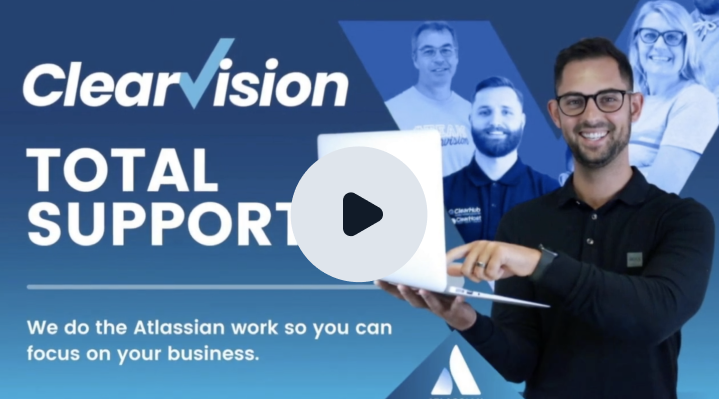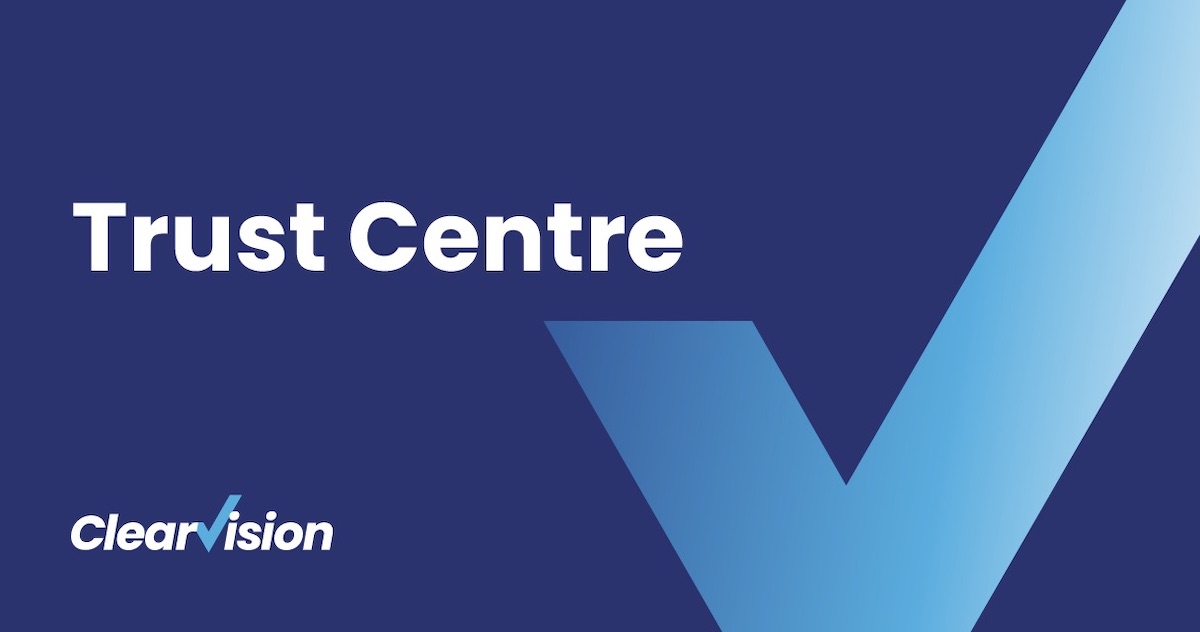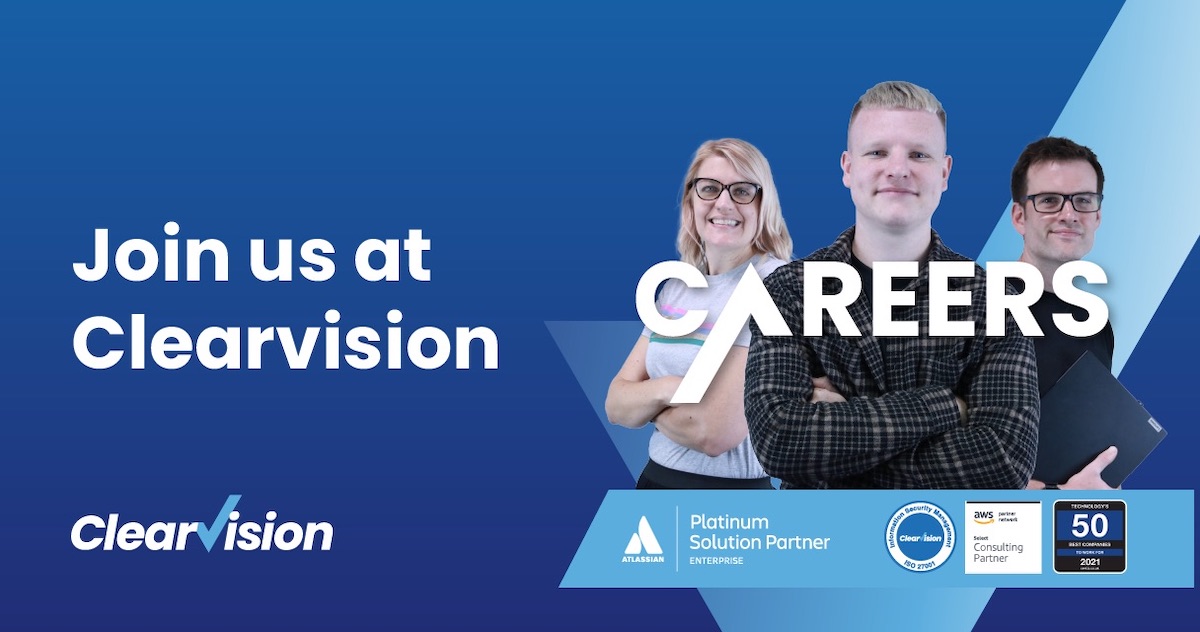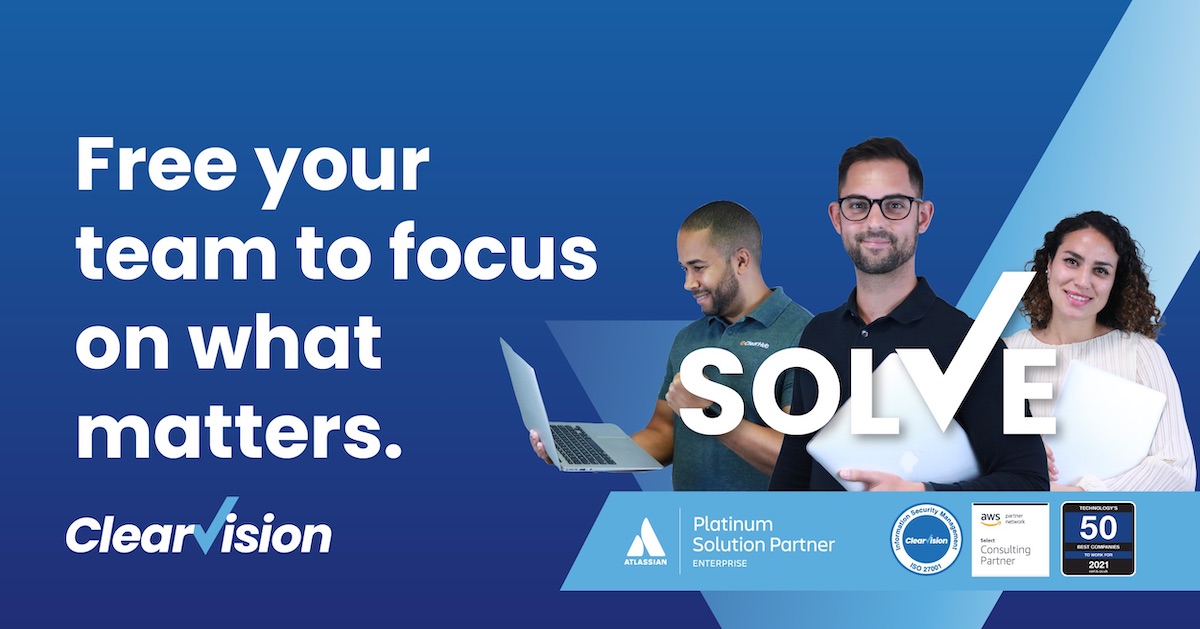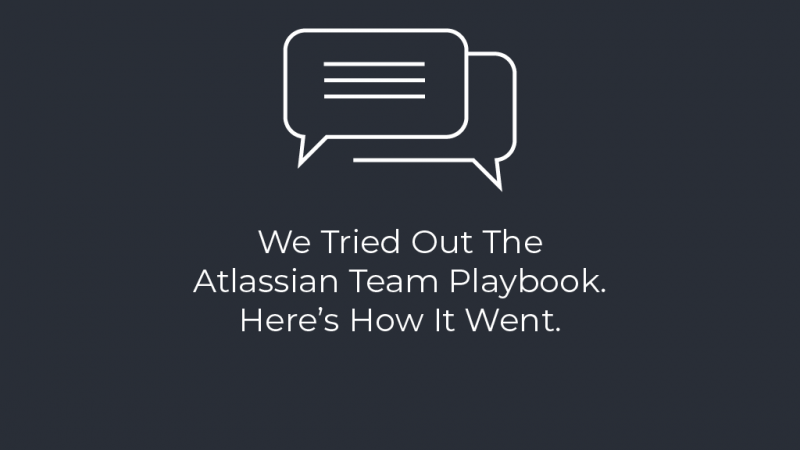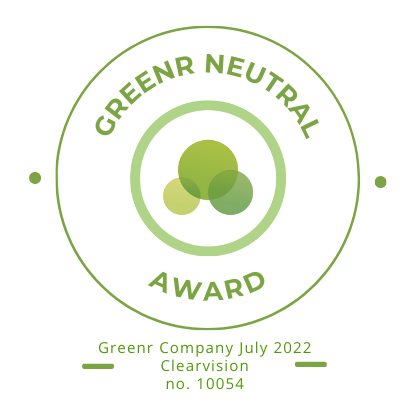Atlassian’s mission statement is to ‘Unleash the potential of every team’. Its collaboration tools are built with this aim in mind, but Atlassian also understands that the culture of how teams work together is even more important than the tools.
In order to help teams help themselves to become high achievers, Atlassian has created the Atlassian Team Playbook, which is a set of health checks and ‘plays’ that teams can follow to critique the way they work together and to fix any deficiencies.
The Team Playbook is well documented at https://www.atlassian.com/team-playbook, so rather than repeat what’s on the website, I wanted to tell you how my first experience of running one of these went, and what the team thought of it. My lab-rats on this occasion were the Clearvision development team, who were eager to try it out.
The Health Check
The first step is to run a health check on the team to locate any problem areas. Atlassian has produced three different health checks depending on your type of team: one for leadership teams, one for project teams and the last one for service teams. The project team health check was the most appropriate in this case, and with this one it’s important to understand that the context of the health check is within the project that the team are working on.
The health check runs as a one-hour session, the first 10 minutes setting the scene. For the next two phases it’s over to the teams to score themselves against a set of attributes, which Atlassian believes are the characteristics of a high-performing project team – properties such as understanding who is accountable for the project, having a shared understanding of goals, aiming for continual improvement. These are marked in simple Red, Amber and Green depending on how the team feel they are doing.
Tip: Ask someone from outside the team to facilitate this meeting so the entire team can take part.

Once the column has been scored, the team pick their two weakest scores and brainstorm actions to address the issues. The health check is then rerun periodically to fill in the next columns in turn. Obviously the hope is that you can see the scores improve over time.
The Plays
The other half of the Team Playbook concept is the ‘Plays’ themselves. These are a series of games and exercises that are targeted at fixing any of the problems that were identified in the health check. They’re also good practice exercises for kicking off and running projects, so they’re well worth checking out, even if you don’t get the chance to run the health check.
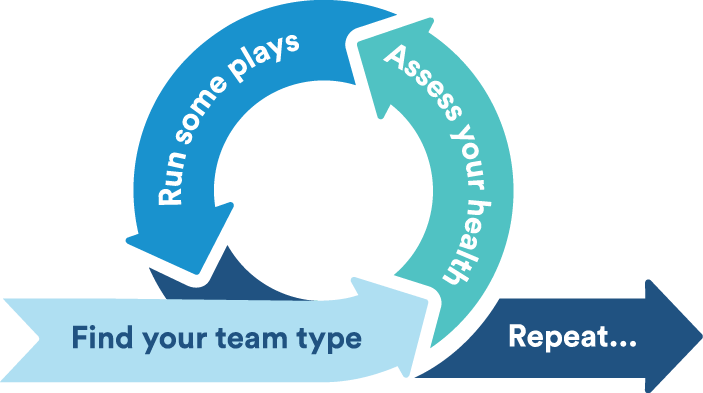
How Did It Go?
After the introduction, the team got into the assessment. This kicked off some interesting discussions.
For this, Atlassian provides printable notes, which explain attributes and provide examples. These notes proved essential during the meeting, and while some of the descriptions of the attributes appear to be a bit vague, this ultimately encouraged the team to ask themselves what was meant by a question, and this in turn generated more interesting discussions.
A careful eye needed to be kept on the clock, as the discussions can go on a while. As a facilitator, you need to be strict with the time-boxes for each question. It’s also helpful to keep in mind that the idea of these sessions is to discuss, but not to fix – this meant occasionally reminding the team to stay on track.
What Did The Team Find Out About Themselves?
The green scores:
- The team had huge amounts of trust for each other.
- The team felt they were fairly well balanced.
- The team felt that they put a lot of effort into continual improvement and improving velocity.
The amber and red scores:
- Some interesting things came out. There was a bit of a discussion about whether the PO or development manager was accountable (they probably both are at different times).
- The biggest revelation was that the team agreed they didn’t have a shared understanding about the value of the product. They all individually recognised the value of the product, but if you asked two people what they thought were the main value propositions, then you might well get different answers.
- In a similar vein, the team agreed that having a one-pager and more emphasis on producing proof of concepts would help guide the project.
Suggested Plays

Elevator Pitch: A 30-second description of the product, who it’s aimed at and what its main benefits to the customer are. The idea is that this can be delivered during an elevator ride – so roughly 30 seconds.

Project Poster: An exercise to create a visual representation of a product, highlighting its features and benefits.

Goals, Signals, and Measures: This play reaffirms the project goals and also sets measures against the goals so the team know whether they’re on the right track to achieving the goals or not.
Feedback From The Team
An essential part of any initiative like this is to get feedback from participants. The team told me they found the plays helpful, and that having a set of criteria was better than trying to set their own. More importantly, perhaps, using the Playbook started some interesting and highly valuable discussions.
Tip: Running the same style of retrospective can quickly become dull. Use team health checks and plays as a way of energising these. Another way of looking at how the team are working together could be to look at the personality profiles of the team members and of the team as a whole using Clearvision’s Teamify product. This Confluence plug-in makes it easy to see personality profiles for your team, enabling you to get the best from your collaborations.
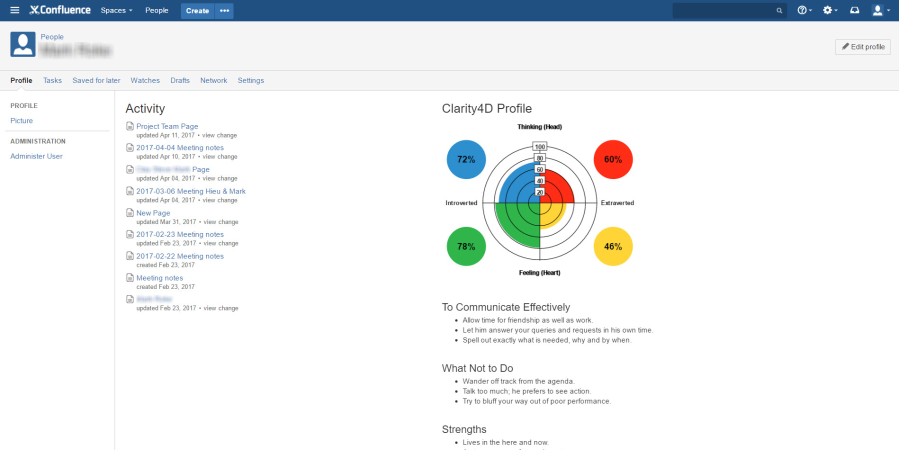
clearvisionwebmaster
Atlasssian expert resources
Visit our blog for expert news and articles from the Atlassian world. On our resources page you will find recorded webinars, white papers, podcasts, videos and more.
The Software Blog
Read our blog for articles offering best practice advice written by Atlassian experts, as well as the latest news concerning your software.
Software White Papers and Guides
Dive deep into Atlassian software with our white papers and guides on individual tools, partner products, services, and best practices, written by the experts.
Expert Webinars
All of our webinars are pre-recorded and available to watch on-demand. Enjoy everything from partner features to application demos and updates from Atlassian experts.

